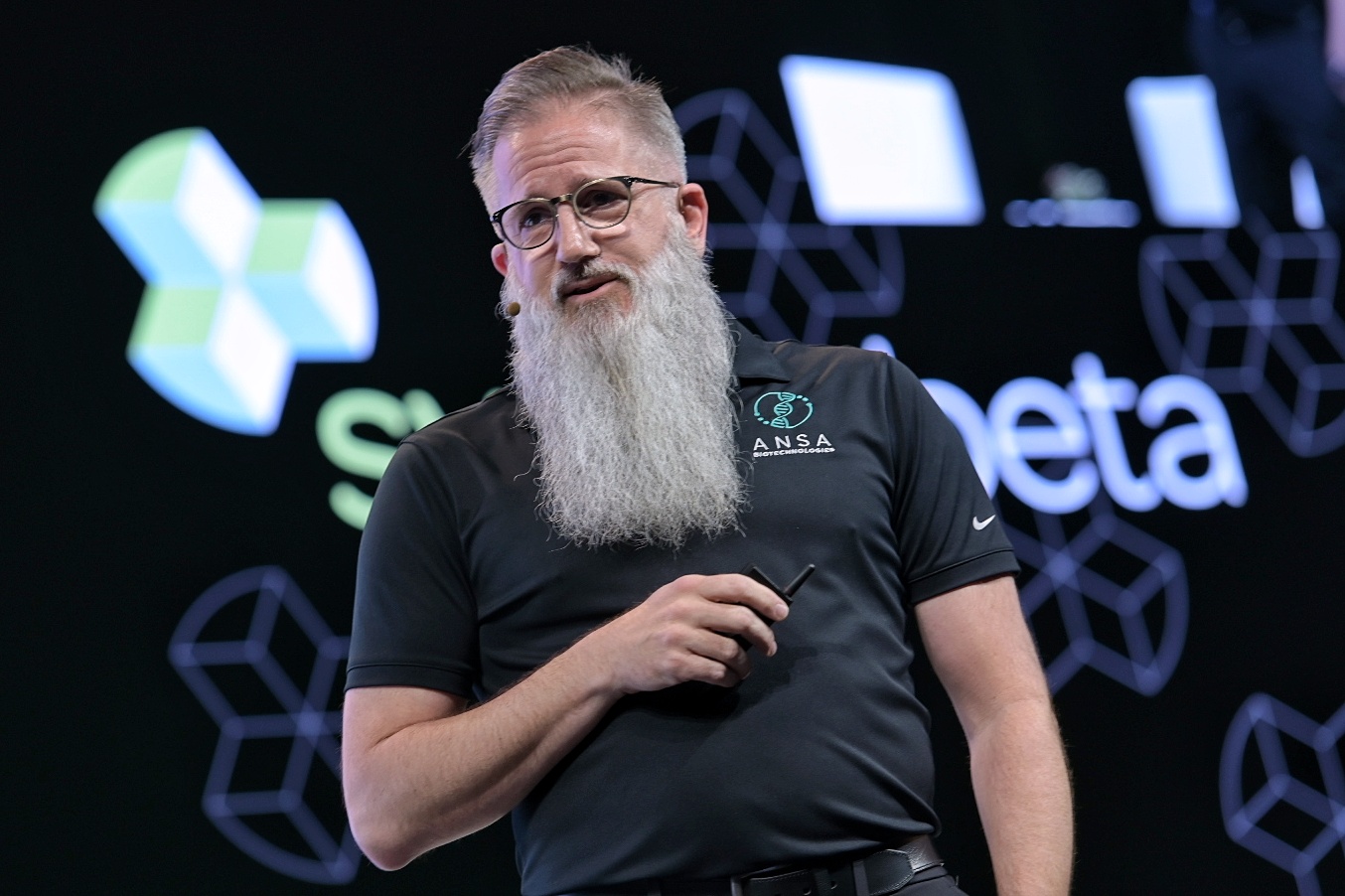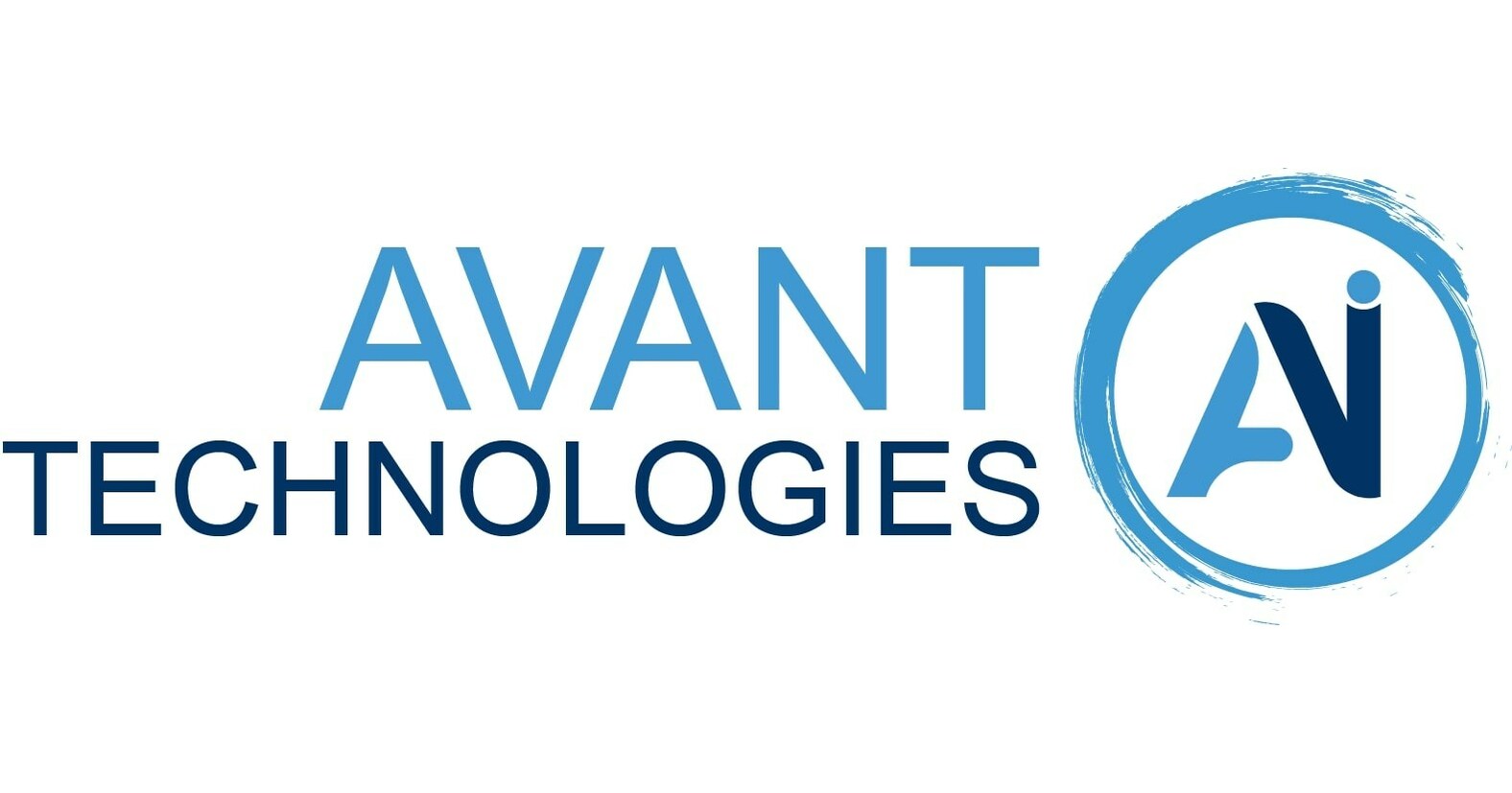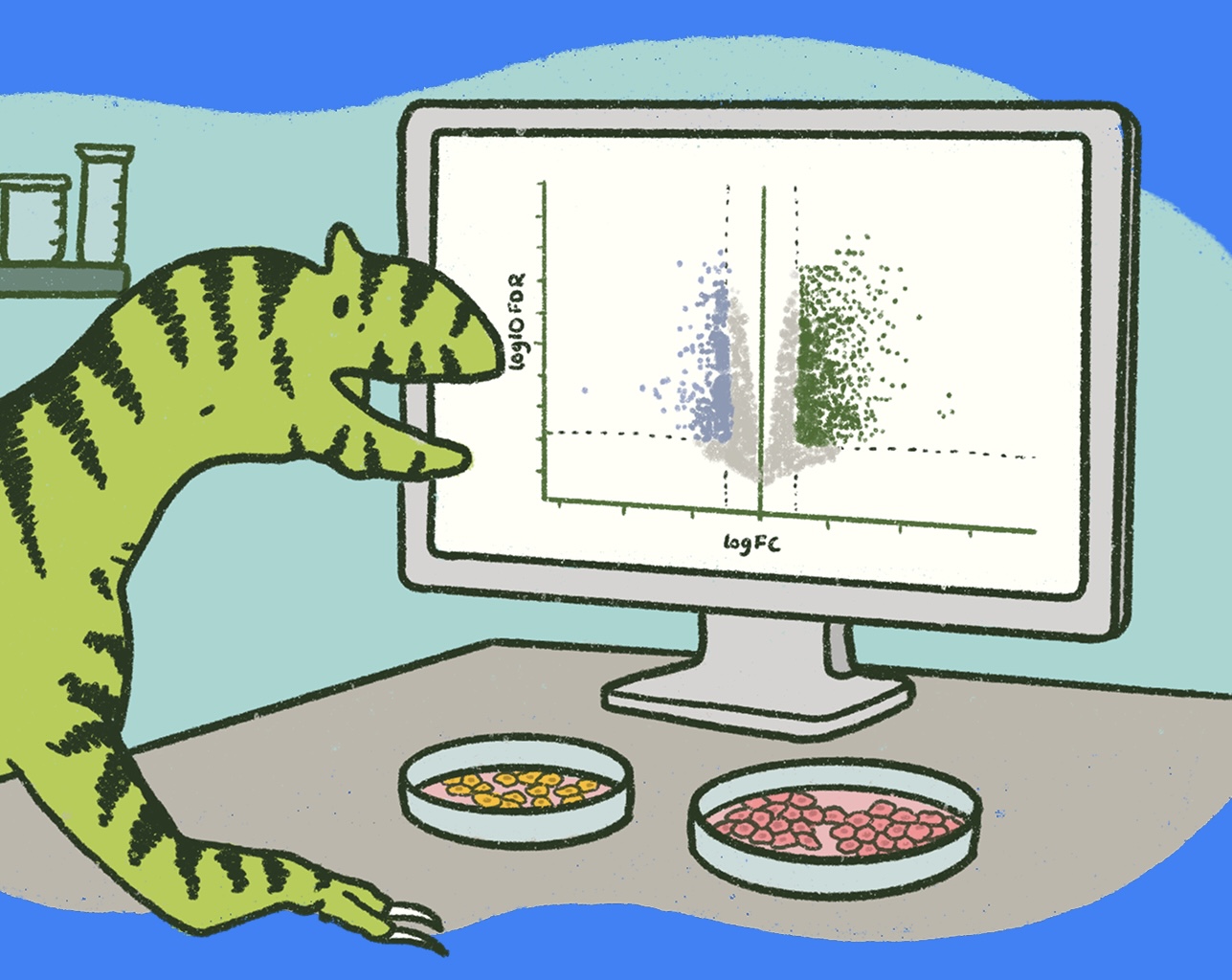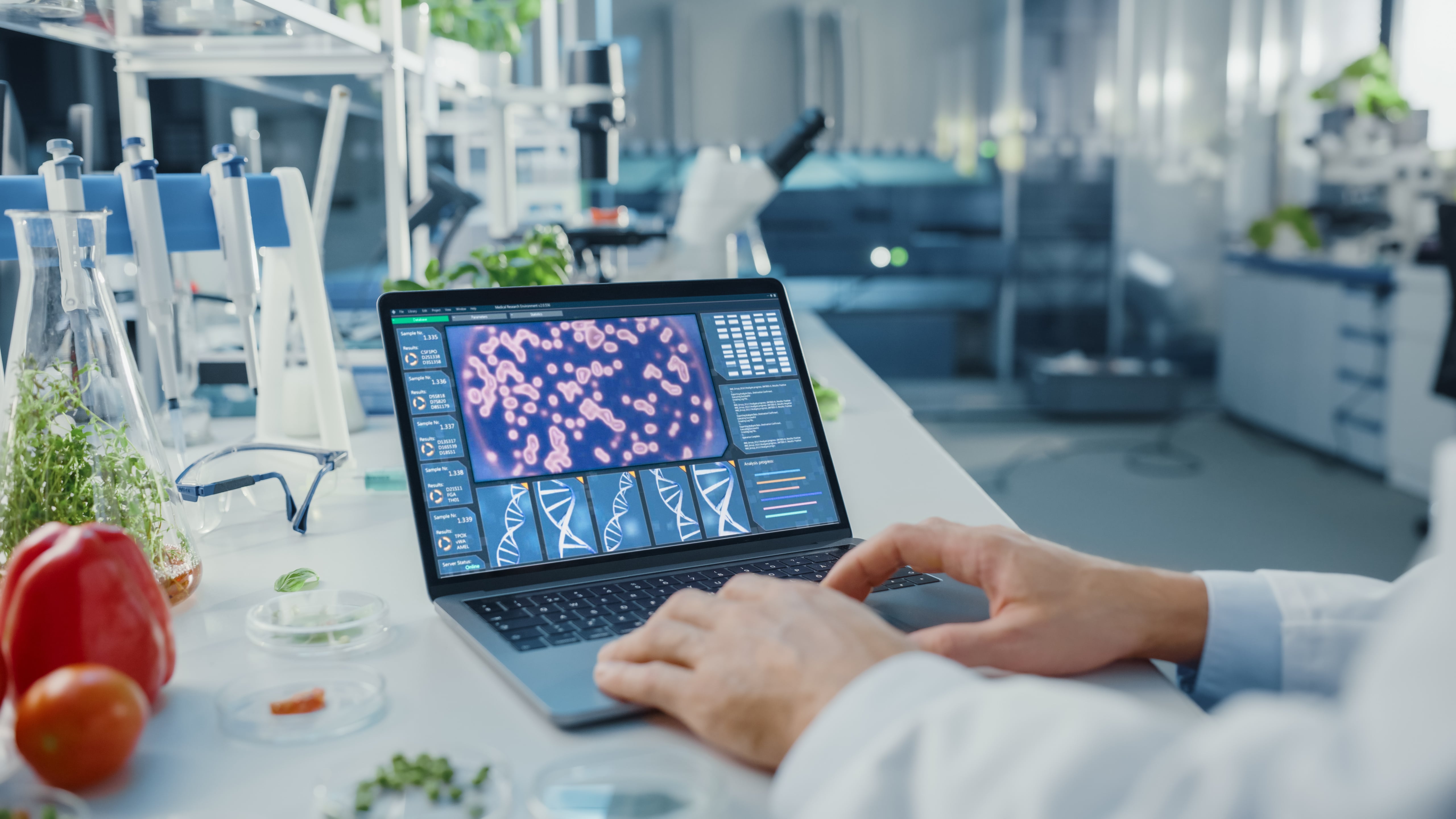Living colors: Biotech dyes help the textile industry go green
Living colors: Biotech dyes help the textile industry go green
Most of us don’t realize the environmental cost of our blue jeans. Students in the Bangladeshi town of Savar do. From their school just downstream from the textile district, they say they can see what colors are in fashion by looking at the canal.The textile industry is a major consumer of fossil-derived chemicals, especially for dyeing operations. These chemicals often run from clothing factories, filling nearby rice paddies with wastewater and poisoning the local fish population.Blue jeans are especially problematic. While most natural dyes penetrate into cloth when heated, indigo binds only to the surface, and only then using a chemical reducing agent called a mordant. Clothing companies most commonly use mordants made from metals like chromium or aluminum. We can thank mordants for our artfully pre-faded jeans, and for helping our t-shirts age so nicely. But the toxic runoff from factories kills plants, destroys ecosystems, and poisons drinking water.
The majority of blue jean dye -- 50,000 tons -- is made from petrochemicals.
As leaders in the textile industry seek sustainable alternatives to the status quo, biological engineering is opening up new possibilities in designing dyeing processes that are not only ecologically sound, but may help us re-connect with more natural dyes.Indigo is one such natural dye. We used to extract it from the leaves of plants. The rare, cherished dye has a long cultural history, going back 6,000 years to Peru, traveling across The Silk Road, and finding prominence in Japan’s Edo Period. By the late 1800s, our ability to extract indigo from plants had outgrown the blue dye’s popularity. Around then, German scientists discovered a way to mass produce indigo from fossil chemicals. It was faster and cheaper than plant extraction method, which topped out at about 19,000 tons of indigo per year. Today, the majority of blue jean dye -- 50,000 tons -- is made from petrochemicals.

The Great Wave off Kanagawa ( 神奈川沖波裏 ) by Katsushika Hokusai (1760-1849). The iconic style represents the Edo Period in its use of indigo dye, used often to recall nature and the blue sea.Plant-based indigo could not meet today’s demand, but microbial fermentation could again allow us to produce indigo with biology. Companies like PILI are engineering microbes to produce natural dyes with no loss of performance or cost increase.The investment and research communities are starting to catch on. PILI has announced closing a $3 million initial funding round that will strengthen its fermentation technology to produce high-performance biobased dyes and pigments. PILI hopes to do more than reduce the environmental impact of our blue jeans: The same technology could be applied to industrial processes involving plastics, coatings, and inks to improve sustainability, efficiency, and performance. "Fashion is the second most polluting industry,” commented Bill Liao, General Partner at SOSV, which was part of PILI's funding round. “PILI is leading the charge toward truly sustainable and vibrant colors using biology instead of petrochemistry and we are proud to support them."Companies in the textile and cosmetic sectors are as eager as consumers to see biotech dyes go commercial. PILI is working with several firms to develop a wide range of living colors.
In academia, researchers like John Dueber at UC Berkeley have also tried to tackle this problem. Students in his lab's iGEM team pasted the indigo pathway from plants into E. coli, but they modified it such that the microbes produced indican, a soluble form of the dye that wouldn't require mordant in the first place. But getting the industry to change existing processes from indigo to indican could be a colossal task, the iGEM students pointed out. To the students of Savar, Bangladesh, there may be no more important task in the world.



.svg)











-min.png)
.gif)